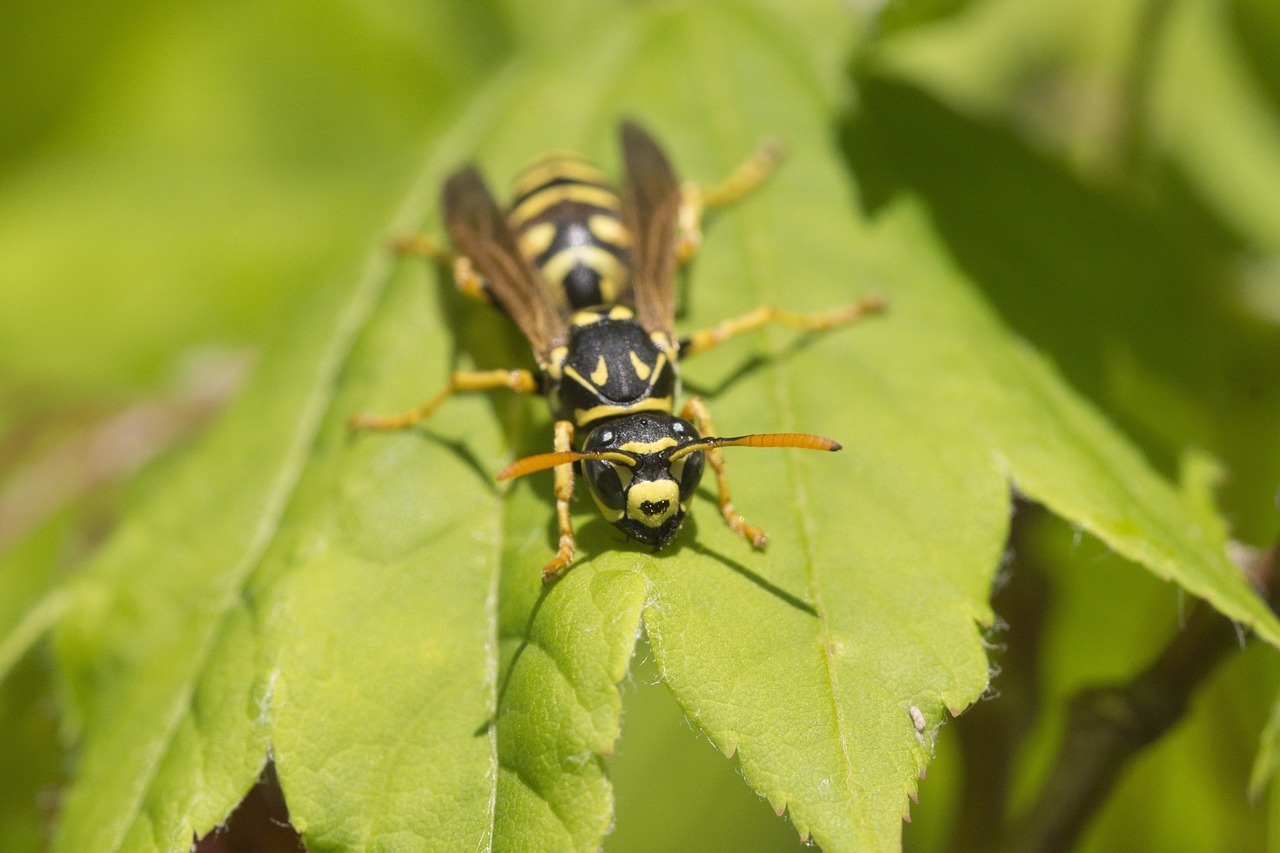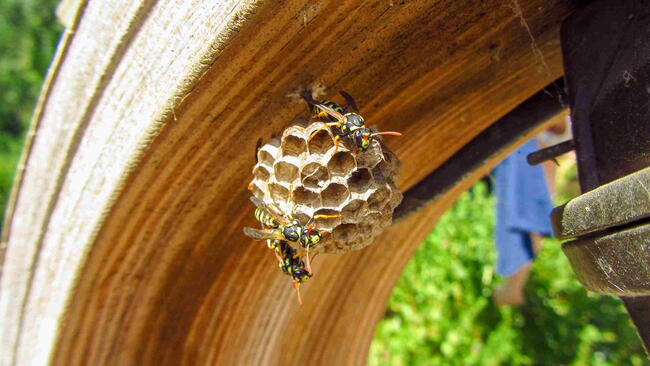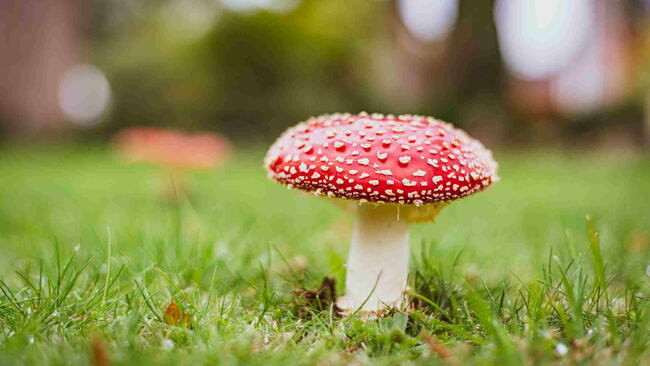
Caption
An Eastern Yellowjacket is resting on a green leaf. Taylor Creek Park, Toronto, Ontario, Canada.
Photo Credit
Paul Reeves Photography
Subhead
Wasps, Yellow Jackets, Fire Ants, and the Stinging Insects of Late Summer
More Like This
Yellow Jackets are NOT bees! They are wasps. And they don't wait till fall to become aggressive. Ground hornets or other wasps are not bees.
Please don't call them bees. You give bees a bad name.
THANK YOU!!! Absolutely right!!! I am a bee keeper and always hear people calling yellow jackets bees. I cut grass all around my bee hives and have never been stung once.
People think I'm crazy for saying it, but I've been living peaceably with fire ants, paper wasps, and yellowjackets for decades.
A fire ant colony can double the growth of my garden plants. They aerate the soil, fertilize as they go, and discourage other pests (e.g. we have no flea problems with our cats). After a few weeks, they shut down the colony and move on to another location. I just make sure to see where they set up housekeeping, and respect their space.
The same goes with the ground wasps and paper wasps. I make a point to stand near their nest entrance every day, so they grow accustomed to me by sight and aroma. (Yes, wasps can recognize body shapes, and even faces.) After a few days, they understand I am a part of their environment. I have no trouble with aggressive behavior*, and they eliminate all the cutworms and hornworms from my tomatoes.
*The few times I have inadvertently disturbed a nest, I hold very still. A few sentries will buzz close to me for a couple of seconds, then fly right back to the nest, and everyone calms right down.
When we lived in Florida our yard was riddled with red ants. We learned that if you shoveled a dozen or so ants from one pile to another, they would get territorial and fight each other off. Crazy turf wars, but it worked!
Bifenthrin works well for me. Look for smaller mounds while the grass is short(after mowing) and preferably after a hard rain.
Holy Smoke! All the remedies involve ghastly killings. Isn't there anything that can be done to allow living with nature? A live and let live approach?
See my comment elsewhere in this thread.
OMGoodness! Come on Farmers Almanac & the author of this article. By titling & publishing this article to be about "BEES" and then only discussing wasps, hornets and fire ants is a total disservice to the actual BEE species! People will never learn the difference between BEES, wasps, hornets if publications and authors don't name them properly! Honestly I expected more from Farmers Almanac! This entire article has NOTHING to do with BEES. Come on- you can do better!!! Please update the title to reflect what this article is truly about! *FYI- actual BEES get aggressive protecting their honey storage needed to survive the winter months.
There is no living with fire ants. Plus, they are non-natives. Also, if the wasps nest where you cannot enter and exit your house, they must go unless you plan to move.
If paper wasps start to set up shop near a doorway, I get a thumbtack and a small brown paper bag - or just a wad of Kraft paper. Pin the paper near the wasp nest. They think it's a larger colony, and will move their nest to a new location.
- « Previous
- 1
- 2
- …
- 10
- Next »
















Comments